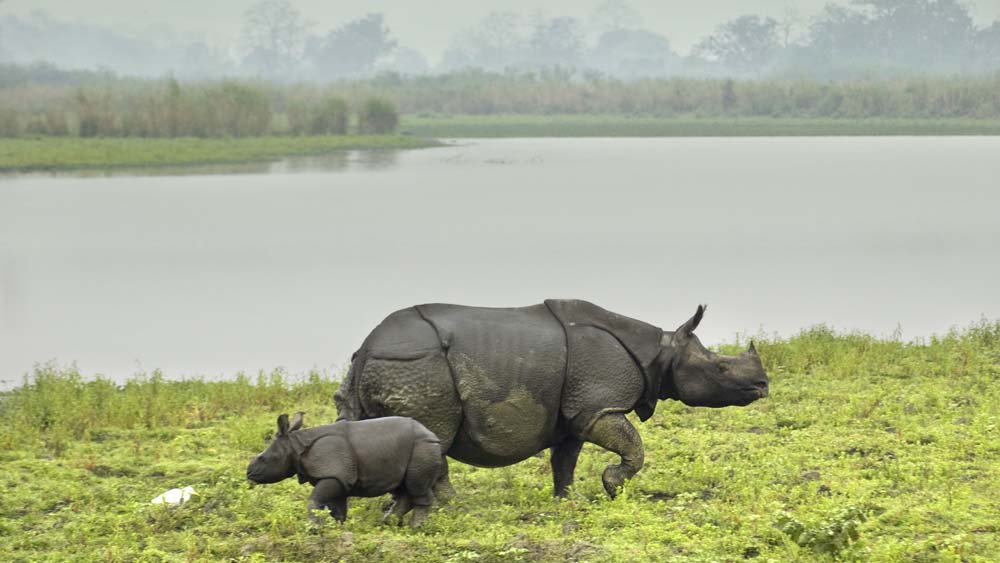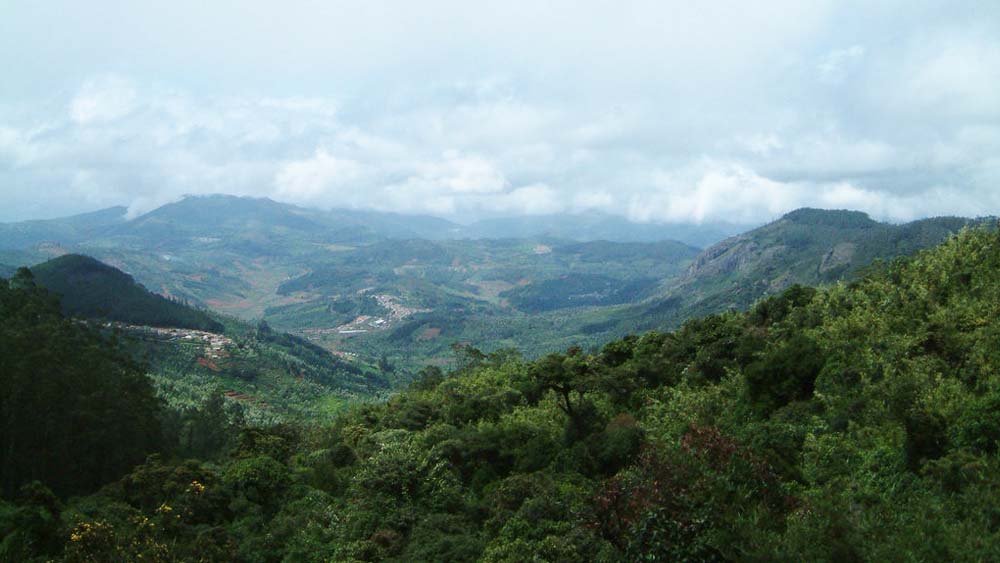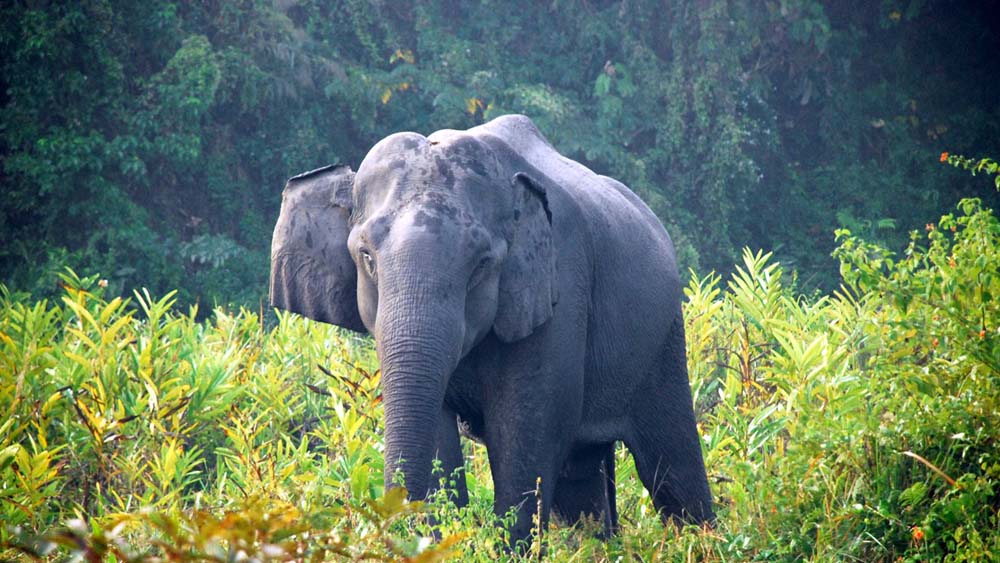Attractive Tourist Places
Guwahati
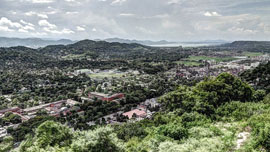
Guwahati is the gateway to the north-east region of the country. Located on the bank of the Brahmaputra River, Guwahati is also the largest city of Assam. It is believed that the city was the ancient land of Kamarupa. In this ancient land, the Hindu god of beauty, fertility and source of life was reborn.
Kaziranga
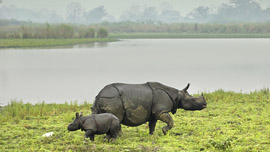
Kaziranga National Park, a UNESCO World Heritage Site. The park hosts about two-thirds of the world's Great One-horned Rhinoceroses and also holds the record for protecting the highest density of tigers in the world. Kaziranga is a home to large breeding population of elephants, wild water buffalo and swamp deer. Some of the bird species which can be spotted here are herons, storks, pelicans, imperial eagles, etc.
Silchar
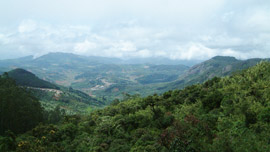
Silchar a popular commercial centre of Assam due to its tea farming, is situated on the banks of the Barak River. The first polo club of the world was formed in Silchar. The Sri Sri Kancha Kanti Devi situated at 17 km from Silchar is a popular temple of the place. One of Asia’s largest mills, the Hindustan Paper Corporation Ltd. is another attraction of Silchar. The Bhuban Hill is also popular for the Bhubaneswar Temple and Maniharan Tunnel.
Jorhat
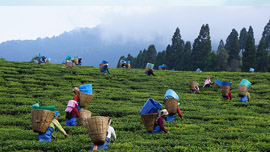
Jorhat has the oldest tea research centre in the world, is often referred to as ‘the cultural capital of Assam’. Many renowned artists and writers have emerged from Jorhat, one of them being Birendra Kumar Bhattacharya. The city has also been home to many influential educationists and ideologists like Krishna Kanta Handique. It also holds the distinction of being the most literate region of Assam. Located at an elevation of 116 metres above sea level, tea plantation is the main agricultural activity of the city.
Dibrugarh
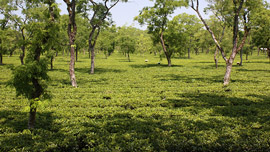
Dibrugarh lies in the upper reaches of Assam, located on the banks of the River Brahmaputra, accounts for almost 50% of the total tea production of Assam, is also known for its oil, natural gas reserves and Assam Silk. The tourist attractions in Dibrugarh mainly comprise of the tea garden tours. A cruise in the Brahmaputra River is also possible here.
Tezpur

Tezpur an ancient city has great contributions in art, culture and literature, in the history of Assam. Every year the city is visited for its tourist places and holy temples. Some of the major tourist spots of Tezpur are Agnigarh, Mahabhairab Temple, Ketakeshwar Dewal, Bamuni Hills, Nag Sankar etc. Besides, there are other tourist attractions like Cole Park, Hazara Pukhuri and Padum Pukhuri.
Nameri
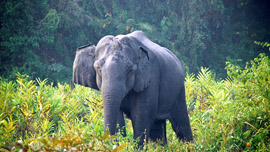
Nameri is a popular national park located on the foothills of the Eastern Himalayas. This national park is one of the thickest as well as the most threatened reservoirs of flora and fauna in the world consisting over 600 species of plants. Some of the rare varieties of plants growing in the park include Albizzia Lucida, Canarium Strictum, Castanopsis Indica, Bischofia Javanica, Duabanga Sonneratoides, Dendrocalamus Hamiltonii, Amoora Wallichii, Artocarpus Chaplasha, Morus Roxburghii, Syzygium Cumini, Terminalia Myriocarpa, etc. The variety of fauna found in the park is also the richest with over 30 species of mammals along with many varieties of tigers, elephants and rare species of Capped Langur. It also consists of over 400 species of rare birdlife, include White-winged Ducks, the Horned Lark White-cheeked Partridge, Wreathed, Rufous-necked Hornbills, Blue-eared, Pallas\'s, Lesser Fish Eagles, Oriental Dwarf Kingfishers, Oriental Hobby, Mountain Imperial Pigeon, Long-billed Plover, Yellow-bellied Flowerpecker, Jerdon\'s Babbler, Rufous-backed Sibia, and many others.
Manas
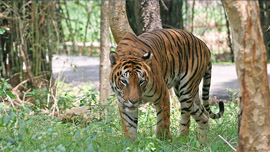
Manas attracts tourists mainly because of the scenic beauty and the sanctuary. Manas is a UNESCO World Heritage Site located at a height of 40 to 150 m and the river Manas flows to the west of this park. The park has two biomes. They are the grassland and forest biomes. The grassland biome includes animals such as the Pygmy hog, the Indian rhinoceros, wild Asian buffalo, Bengal florican and many others. The forest biome has the slow loris, capped langur, wild pig, sambar, Malayan giant squirrel, the great horned bill and others.
Sibsagar
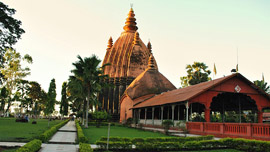
Sibsagar holds a historical significance because of the presence of a large number of historical monuments. Sibsagar derives its name from the Sibsagar Lake, which is spread across an area of 129 acres. The Ahom rulers built many palaces and forts during their reign in Sibsagar, and most of these palaces can still be seen here. One of them is the Talatal Ghar. Other tourist attractions of Sibsagar include Sivadol Temple, the Ahom Museum, Gaurisagar.
Haflong
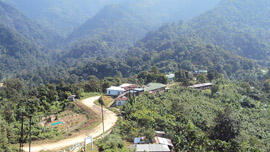
Entitled as 'Switzerland of the East', the township is a garlanded by the Himalayan ranges at an average elevation of 513 metres, dotted by beautiful green hills, fast flowing water streams and waterfalls. One of the attractions of the town is Haflong Lake, which is positioned in the centre of the town. Providing habitat to various species of birds, birdwatching is one of the most popular activities of the region. The climatic conditions remain pleasant throughout the year.


